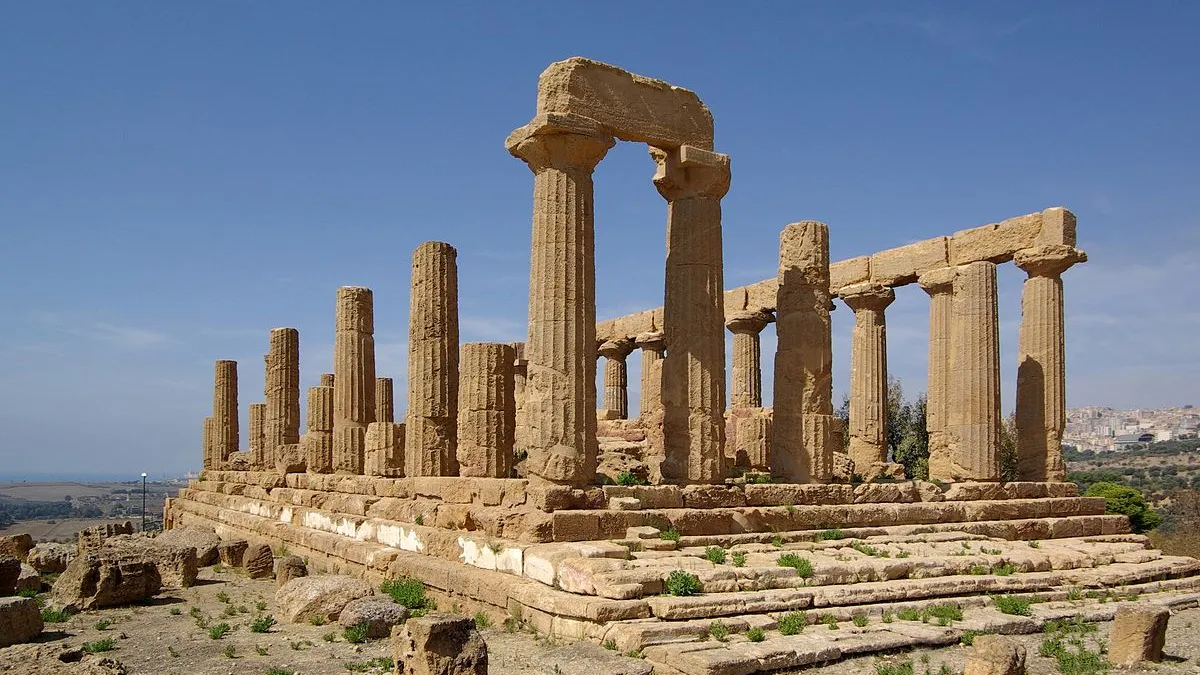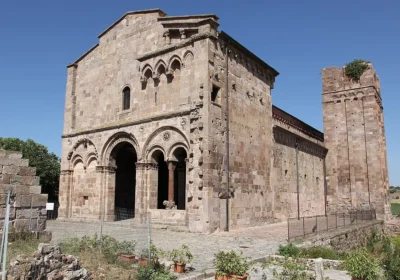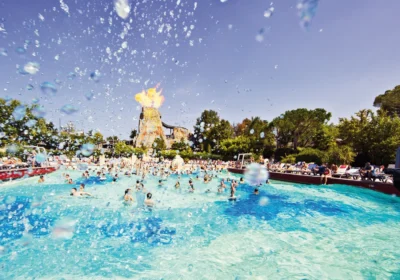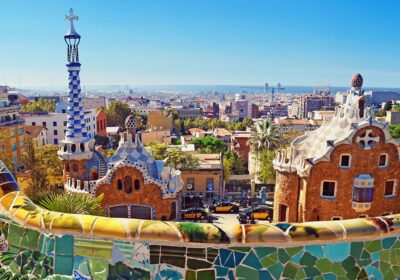Agrigento city tour.
Agrigento has a history of over 2,500 years, dating back to ancient times, which today are reminded by the architectural monuments of Great Greece preserved in the picturesque Valley of the Temples.
Agrigento’s unique heritage is a world heritage and is included in the list of UNESCO protected sites.
Agrigento’s main attraction, which attracts tourists from all over the world, is the sacred area of the ancient Akragas, the Valley of the Temples, which is an architectural park with preserved Doric temples.
Their splendour and monumentality have impressed the imagination in the past and delight today.
The sights of the medieval part of Agrigento are no less worthy of attention, containing rare artefacts and real art treasures. The numerous churches of Agrigento create a unique ensemble of the ancient city, imbued with the flavour of different eras and cultures. During the Muslim domination Christianity was almost destroyed, so after the expulsion of the Arab conquerors, the construction of Christian churches was a very important and good deed. There are now 26 parishes in Agrigento alone and the same number of saints to whom the churches are dedicated.
The Cathedral of St Gerlando, located in the north-western part of the old town on Via Duomo, is the main Catholic church in Agrigento. The need for a church arose after the end of the Muslim occupation, which lasted from 829 to 1086 and significantly reduced the number of Christians in the city.
The Church of Santa Maria dei Grechi, which stands on the street of the same name on the Girgenti hill, is a medieval building dating from the 12th to 13th centuries.
The Church of St. Nicholas is located in the archaeological area of the Valley of the Temples and offers a magnificent view of the architectural park of Doric monuments and the picturesque landscape of the area. The Christian temple was built in the 12th century on the ruins of an ancient antique structure and is one of the finest Gothic buildings belonging to the Cistercians.
Modern Agrigento lies a few kilometres from the ruins of the ancient city known as Akragas, one of the largest and richest Greek polis in Southern Italy. The settlement was founded between 582 and 580 BC by the inhabitants of Gela, natives of Rhodes and Crete. Prosperous ancient city, occupying 465 hectares with a population of about 300 thousand people, had the structure of a Greek metropolis with majestic temples, agoras, theatre, artificial pond and other benefits of advanced civilisation. The decline of Akragas began in 406 BC when the more powerful Carthage sacked and destroyed it. Since then, the city has not regained its former lustre. In the following centuries, its lands were ruled by Romans, Goths, Byzantines and Arabs. But since the fall of Rome, Sicily and Agrigento itself have been left out of the main events of history.

















